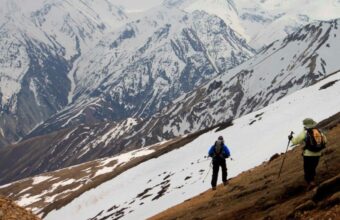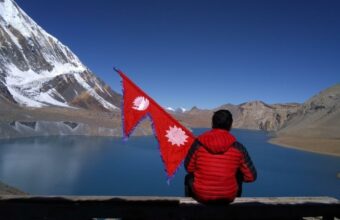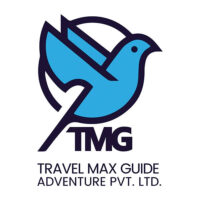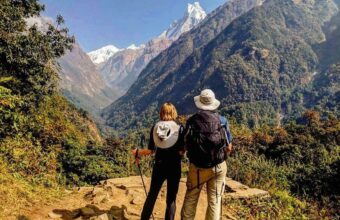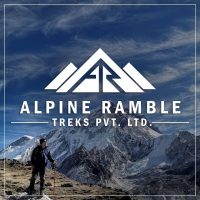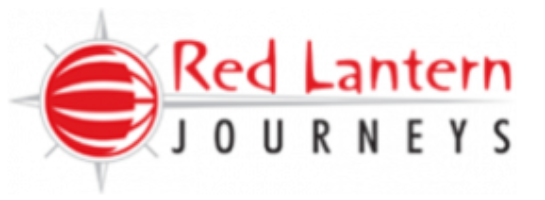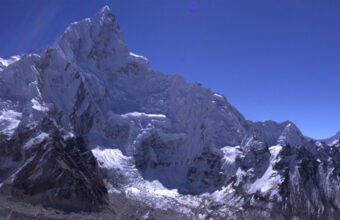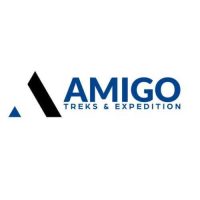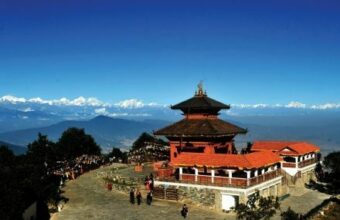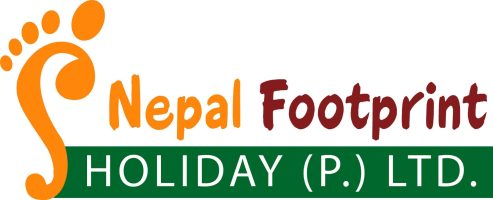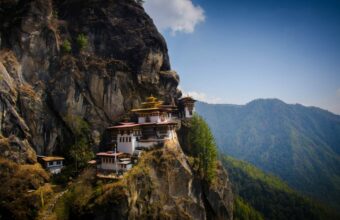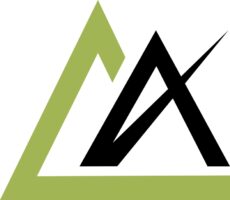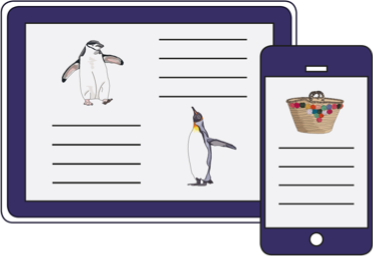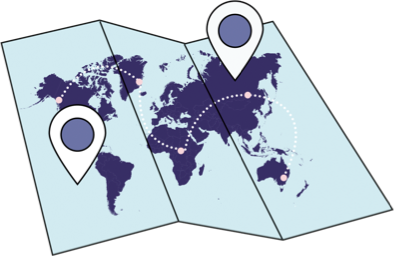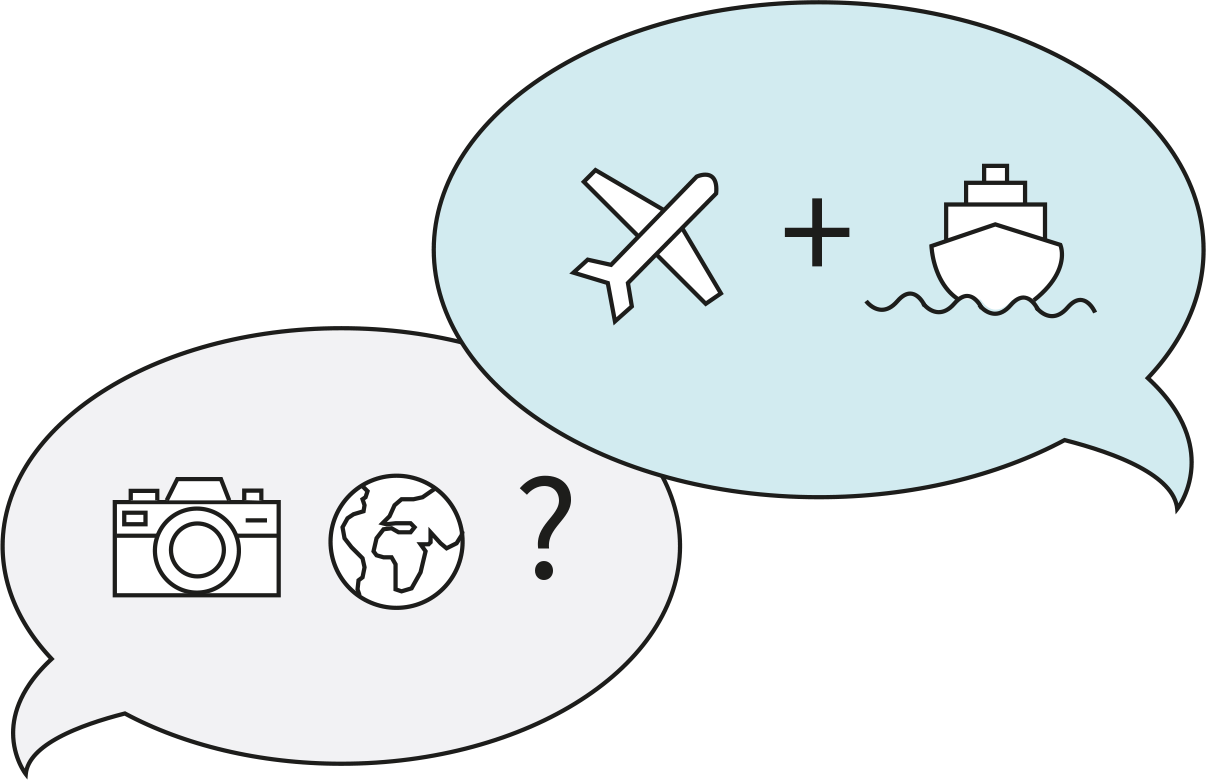Far West Nepal
Remote, unspoiled and little-visited

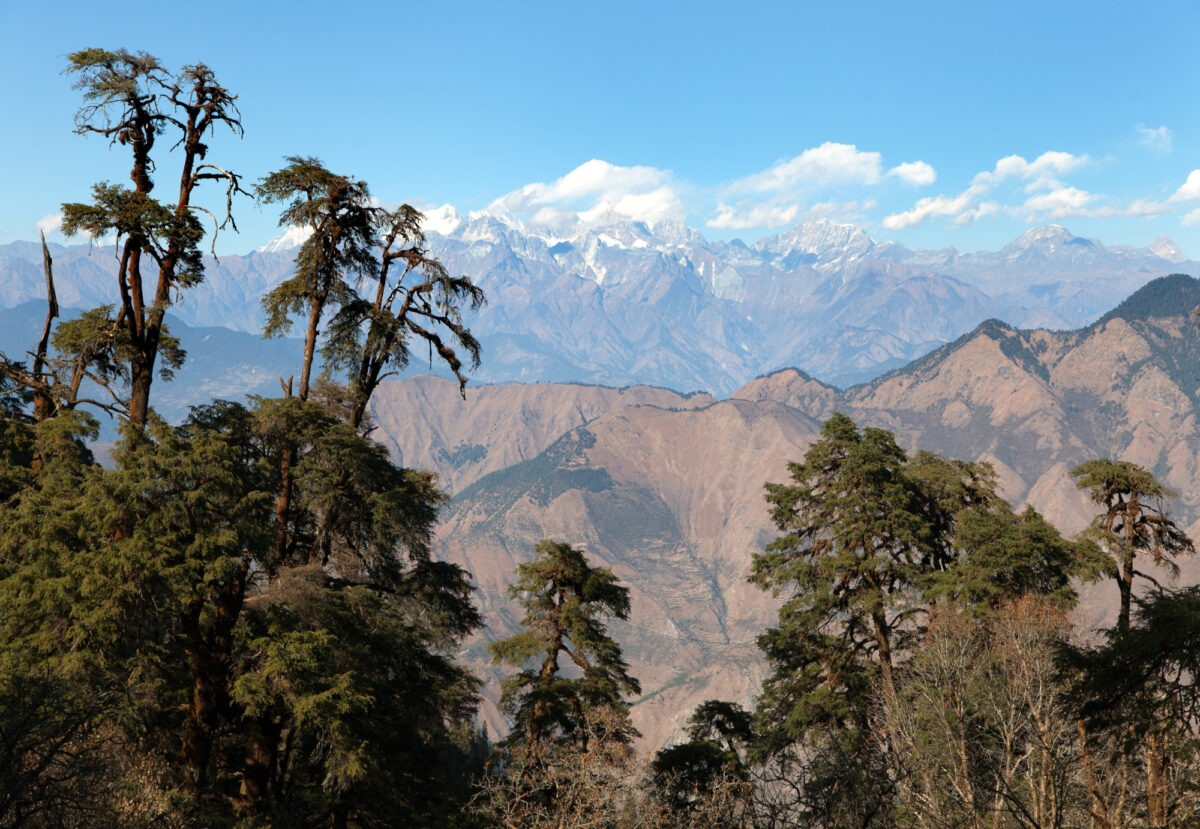
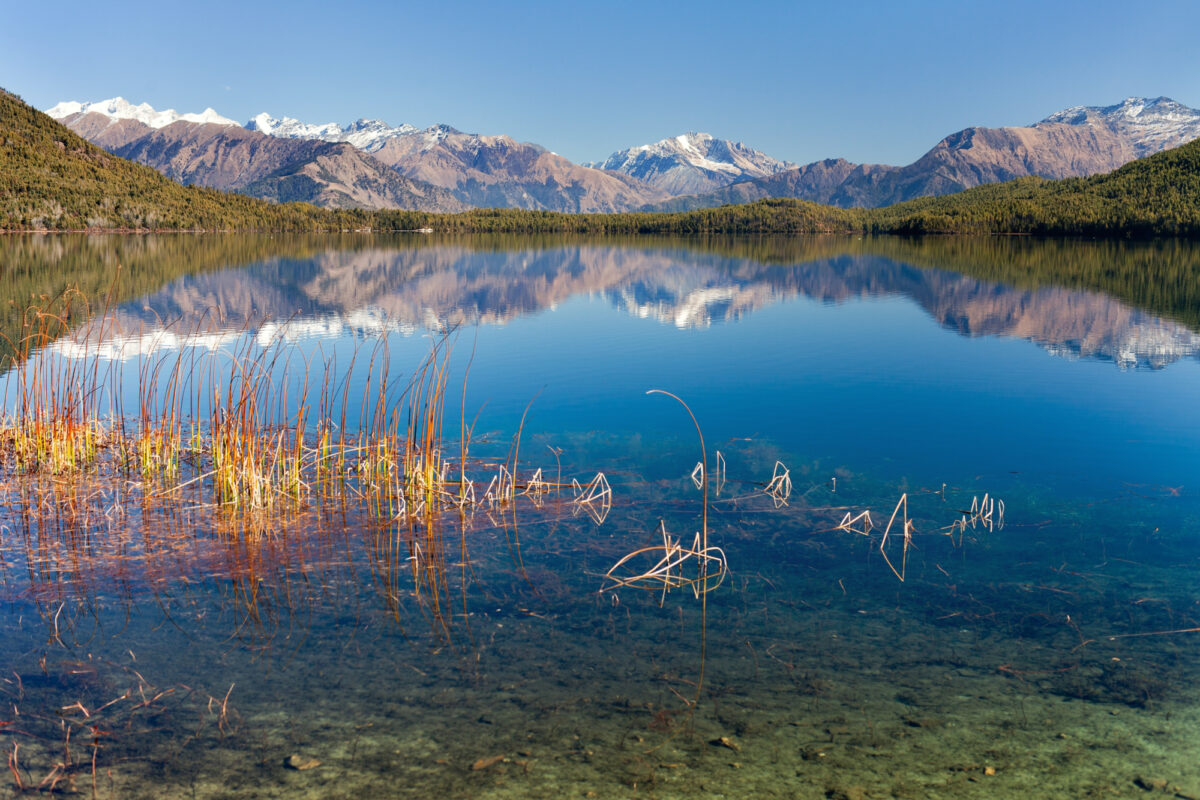
In terms of development, the far west of Nepal comes at the bottom of almost every list, but for adventure and wonder, the region is near the top of the class.
This is a landscape of deep, dank forests, sparkling sheets of water, lonely ice and snow-covered mountains, narrow canyons and ancient villages.
It’s a land of pilgrims and trade routes with goods still carried to and from Tibet by mule and yak, and Nepalese pilgrims head through the region en route to the Holy of Holies, Mount Kailash in western Tibet.
For a trekker, western Nepal offers many challenges and logistical nightmares, but the payback is a vast swathe of untouched mountainous country waiting to be explored. You need patience and to be on a fully supported camping trek, but if you’re looking for something truly different then the far west of Nepal will probably suit.
Trekking in Nepal
Everything you need to know about Nepal trekking
The Nepal trekking industry is plagued with an oversupply problem – there seem to be more trekking operators than actual trekkers, which puts immense downward pressure on prices. This might seem like a good thing for you, but when you see a 12 day EBC trek for $800 it means corners are being cut somewhere, usually in the pay and quality (and therefore safety and wellbeing) of ground staff. Personally I always recommend booking with a Nepal based and owned operator, but do plenty of homework first...read more
Far West Nepal Tours
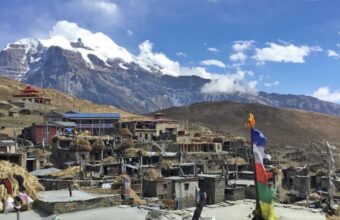
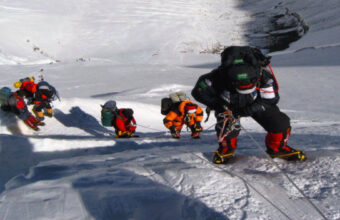
Nepal Mountaineering (Peak Climbing)
Technical peak climbing
16 daysFrom $2,450